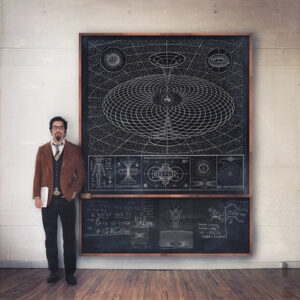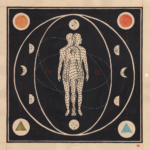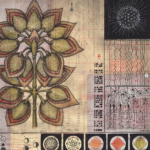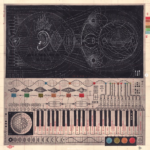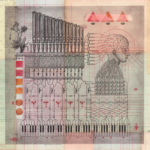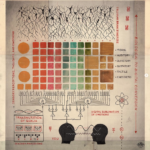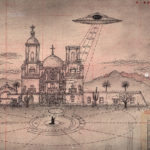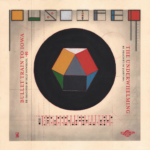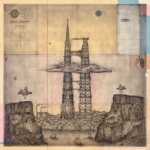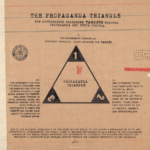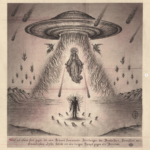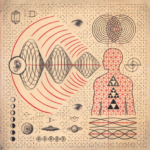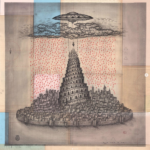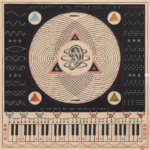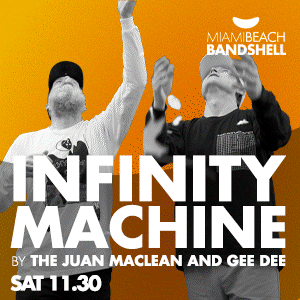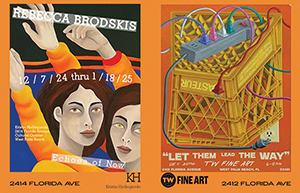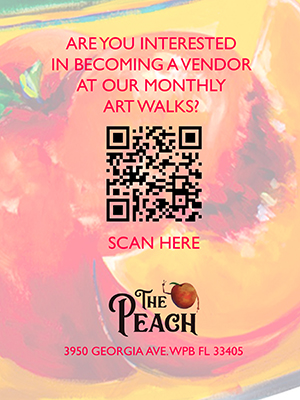“Think of symbols as memes or viruses; they have their own lives and appear in different places,” says the PureHoney featured artist for July 2024, Daniel Martin Diaz, who might deserve some credit for the viral hold that cryptic imagery continues to have on the popular imagination. Self-taught, raised Catholic, and obsessed with the spiritual and surreal, Diaz says in an interview, “I view symbols as charged vessels handed down through generations.”
He was a telling choice, then, to create the eerie, alien Tarot cover for “Existential Reckoning,” a 2020 album by the enigmatic rock band Puscifer. He illustrated the viewers guide to HBO’s Game of Thrones, giving the bound volume a suitably strange medieval-magical quality. Another of his artworks, a DaVincian hybrid of sci-fi and the occult first commissioned by the omnivorous musician Barclay Crenshaw, turned up in “The BanderSnatch” episode of Netflix’s Black Mirror.
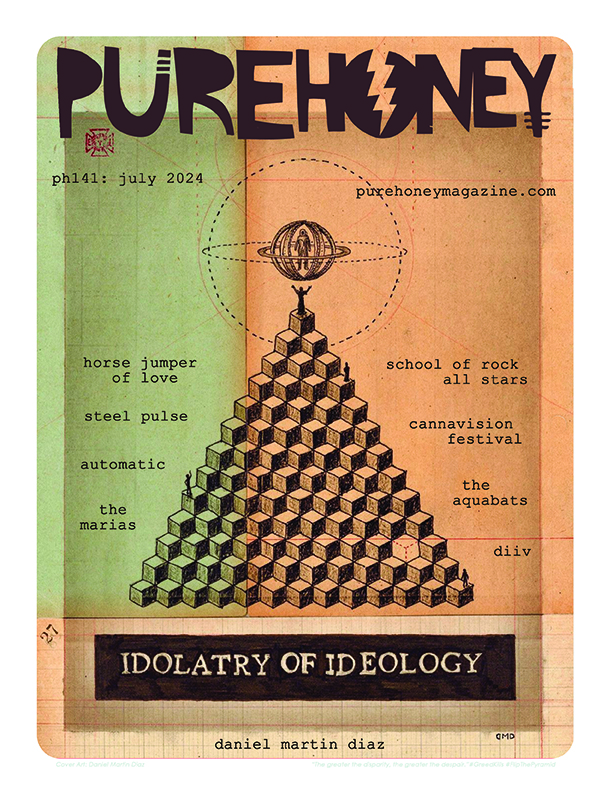 Diaz was also tapped to create both gold and platinum album certification designs for Atlantic Records. Through the vehicle of archaic symbology, he has effectively infiltrated the music and television industries.
Diaz was also tapped to create both gold and platinum album certification designs for Atlantic Records. Through the vehicle of archaic symbology, he has effectively infiltrated the music and television industries.
A variety of subcultures claim him, from sacred geometry Facebook groups to Chicano lowrider car clubs to the editors of the pop surrealist bible Hi-Fructose. The similarity between these diverse admirers is their love of his diagrammatic illustrations. “My aesthetic resonates with individuals who share similar thoughts and perspectives,” Diaz says. “I believe that we are all on a quest to uncover a deeper meaning to the human experience, which is perhaps the central theme that underlies my work.”
As meticulously drawn as medical illustrations, his imagery combines the physical with the metaphysical. Some drawings appear almost as ciphers for decoding ancient secrets with an array of esoteric symbols surrounding enigmatic figures. Recurring elements are spaceships, geometry, pyramids, religious iconography, sheet music, and the Tarot.
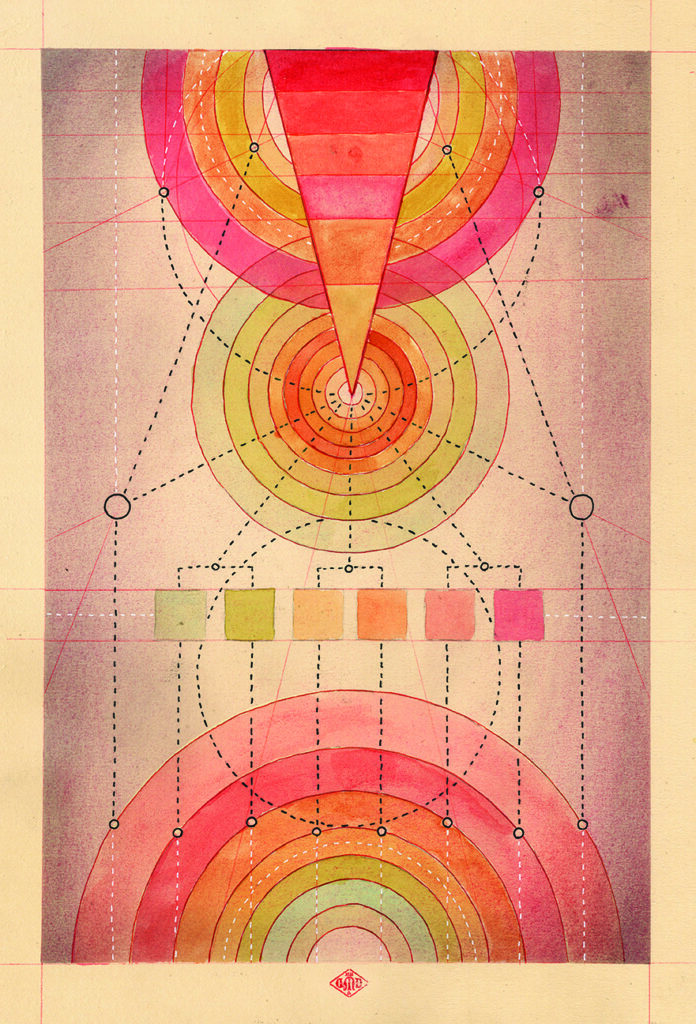 “There is a threshold where science can only answer the questions we can measure and observe. Beyond that, it becomes a grey area, like noise or the quintessence, such as dark matter and energy,” Diaz says. “Once we reach that grey area, we are guessing. At that point, philosophy and metaphysics take over because they are all we have left. The grey areas in all aspects of life science, philosophy, and metaphysics are where I feel most comfortable.”
“There is a threshold where science can only answer the questions we can measure and observe. Beyond that, it becomes a grey area, like noise or the quintessence, such as dark matter and energy,” Diaz says. “Once we reach that grey area, we are guessing. At that point, philosophy and metaphysics take over because they are all we have left. The grey areas in all aspects of life science, philosophy, and metaphysics are where I feel most comfortable.”
Diaz is an autodidact and never studied art in school. “I pursued it out of curiosity,” he says. “I never aspired to be an artist and still don’t consider myself one. I see myself more as a reverse-engineering observer of art; interpreting metaphorical concepts and diagramming them more like an architect and engineer.”
“Given my limited knowledge and skill,” he adds, “my work represents my own perspective, attempting to shed light on certain facets of existence. We find ourselves in a world where knowledge, language, morality, values, and ideas are built upon a fragile foundation. I don’t focus on the messages people might derive from my work because I don’t want to bear that responsibility. The weight of such a burden would be too paralyzing. Instead, I believe it is the responsibility of each individual to craft their own mythology, giving meaning and purpose to their life and existence.”
Diaz consumes mostly non-fiction audiobooks and spends hours listening to history and biographies, especially the history of science, philosophy, and metaphysics. He augments his education with dense lectures from universities worldwide on consciousness, quantum physics and theoretical cosmology. He says he’ll give most “anything that is interesting and holds a semblance of truth” a go.
It follows that Diaz would be influenced by the surrealists: The one that made biggest impression on his artistic psyche was proto-surrealist Giorgio de Chirico (an influence in common with June 2024 cover artist Toni DeMuro). “I grew up Catholic and had limited exposure to art, mostly through church,” Diaz says. Of his first contact with de Chirico, he recalls, “It wasn’t his technique or colors that resonated with me, but his otherworldly, dystopian exploration of metaphysics. Through his paintings, I was introduced to metaphysics in a visual way for the first time. Seeing his work felt like coming home to a place I always knew existed but had never been able to express.”
Find the artist at danielmartindiaz.com and @danielmartindiaz on Instagram. Visit his music project on Instagram @treesspeak or click below to listen now on Spotify ~ Kelli Bodle

